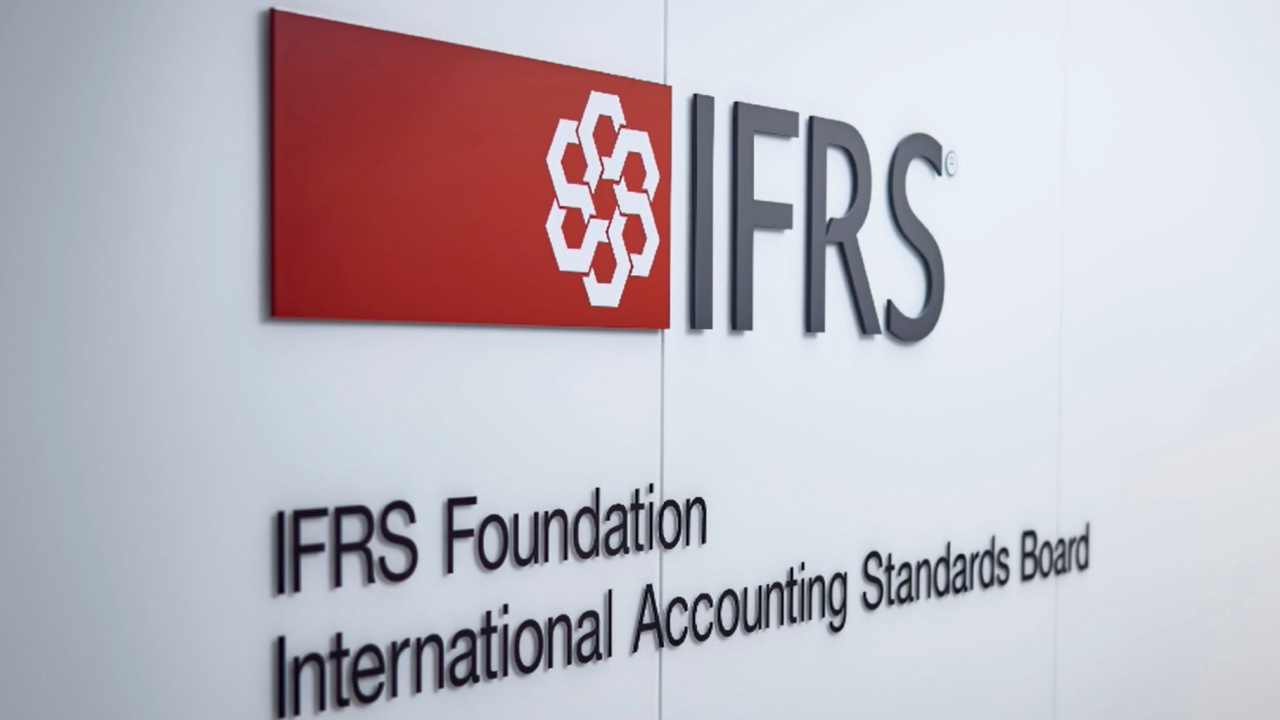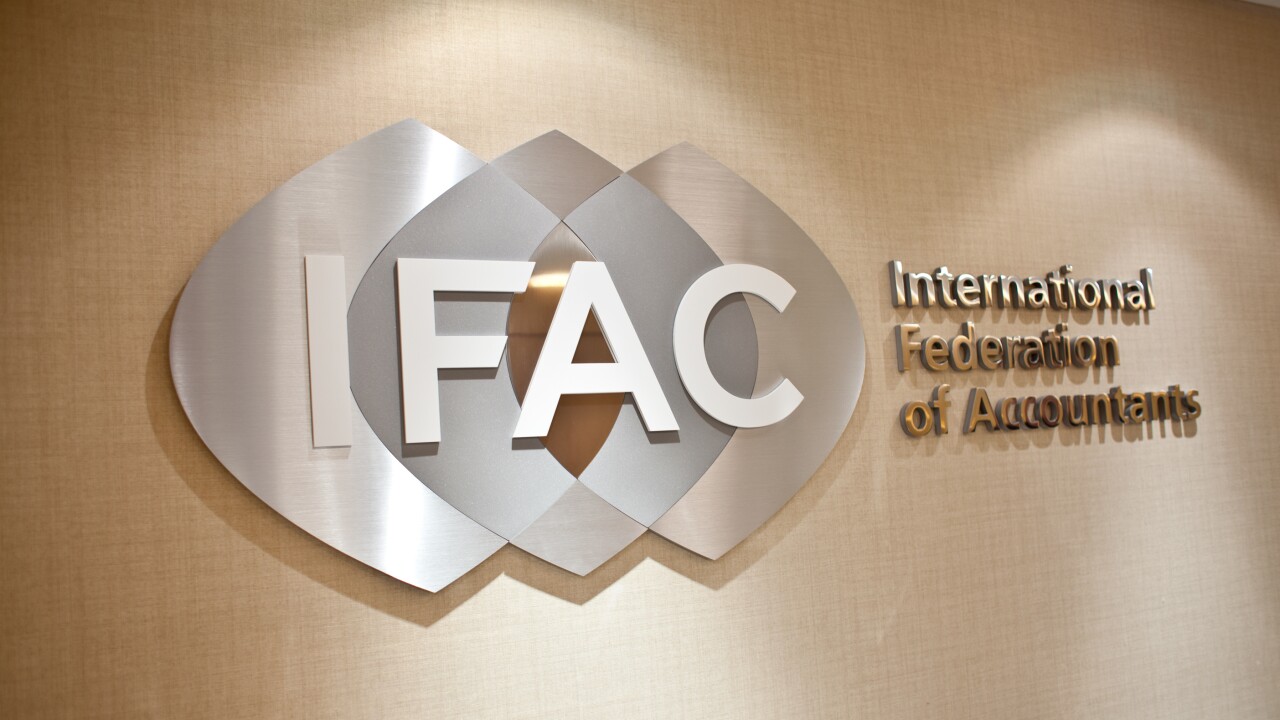A new academic study suggests that the provisions in the Tax Cuts and Jobs Act encouraging companies to repatriate their foreign earnings back to the U.S. at a reduced tax rate could lead to more spending on research and development.
The study looked at an earlier corporate tax holiday in 2004 from the American Jobs Creation Act, which led to a wave of stock buybacks and corporate dividends rather than the number of jobs originally envisioned. However, the study found that the law did produce more spending on research and development.
The study was written by Qi Dong and Xin Zhao of Penn State University at Erie and appears in the current issue of the Journal of the American Taxation Association, published by the American Accounting Association. The researchers found that despite the surge in stock buybacks that happened after the 2004 tax holiday, repatriation resulted in an increase of approximately $30 billion in R&D spending, or around 11 percent of the total of $268 billion brought back to the U.S. by the sample of nearly 400 companies examined in the study. They looked at the four years before and after the bill’s enactment (2001 through 2009) and found, among repatriating companies, the average annual expenditure on R&D increased from about $151 million to about $198 million, an increase of more than 30 percent.
“For comparison, the average increase in R&D expenditure is $5 million for nonrepatriating firms during the same period,” they wrote. “Therefore, the incremental increase in R&D expenditure for repatriating firms is $42 million.”
The study’s conclusions were based on data from 395 repatriating companies and two comparison groups of more than 6,200 U.S. multinationals that didn’t repatriate their foreign earnings and a select group of non-repatriators who were matched with the 395 on the basis of size and industry. Ninety-nine of the repatriating companies were in the business-equipment industry (mainly computers, software, and electronic equipment), which accounted for about 26 percent of the repatriated money, while 46 were in healthcare, medical equipment or pharmaceuticals, which made up about 36 percent of repatriated dollars. Another 27 percent of the repatriated funds came from three industry sectors: manufacturing, consumer non-durables, and chemicals and allied products.






